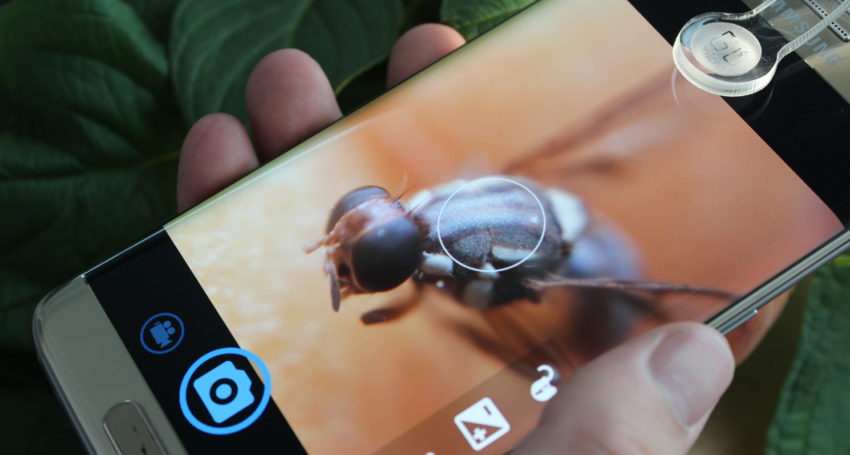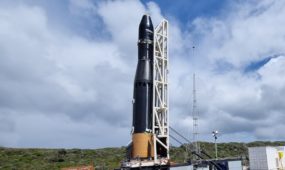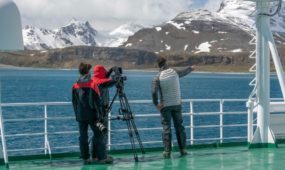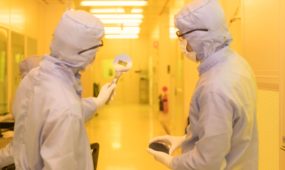AI tool sharpens focus on microscopic pests
Startups
A South Australian company has developed an AI diagnostics tool that combines a microscope and smartphone to deliver agtech solutions.

Sign up to receive notifications about new stories in this category.
Thank you for subscribing to story notifications.

Created by GoMicro, the microscope has previously been used in a kit to diagnose leishmaniasis in war-torn nations as well as in schools as a teaching tool. But it is now being tested as one part of an AI diagnostic package to identify anything that is visible but requires magnification.
The Adelaide-based company, which was spun out of the New Venture Institute at Flinders University, is looking to raise funds to commercialise the system, which has numerous potential applications across all industries.
Professor Rob Lewis, a company adviser and former head of the South Australian Research and Development Institute (SARDI), said the GoMicro platform was an example of the successful integration of key technologies such as mobile, microscopy, machine learning and interpretive data analyses.
“This is the front end of a developing machine learning diagnostics system with multiple uses,” he said.
GoMicro CEO Sivam Krish said the company was in the midst of proving the concept by identifying Queensland fruit flies, a pest that threatens South Australia’s $1.25 billion horticulture industry.
They had SARDI supply them with fruit flies and photographed the pests and fed the images into the AI machine to create a database.
Krish said the key achievement was the ability for the device to create consistent laboratory conditions by simply placing the specimen in the high-quality imaging microscope attachment.
The quality of the images, according to Krish, significantly reduced the number of images the AI engine needed to achieve 90 per cent accuracy in tests to determine if a fly was male or female, which enables scientists to track breeding.
“We created the entire database in a day because of the imaging device and training methods, so we can race through samples,” he said.
“The potential is for anything that is visible that requires some level of magnification, such as soil or sand in mining or leaf disease in agriculture.”
Krish said testing was underway on cloud and app interfaces as potential methods to share the field data with the AI engine and provide users with advice and solutions to their pest problems.
GoMicro uses advanced manufacturing technologies to prototype and manufacture the microscopes and the Tensorflow AI-engine developed by Google to make predictions.
“The platform is also an excellent teaching aid aimed at Australia’s future researchers, farmers and those wishing to find out more about the natural environment,” Professor Lewis said.
Jump to next article



